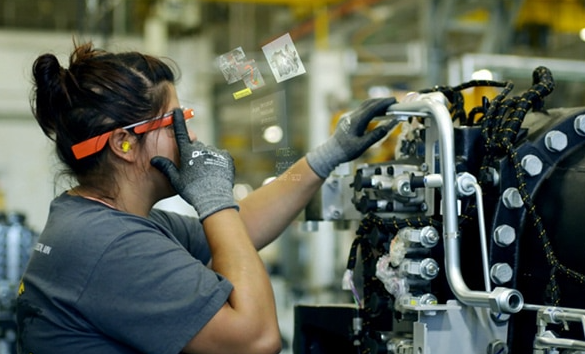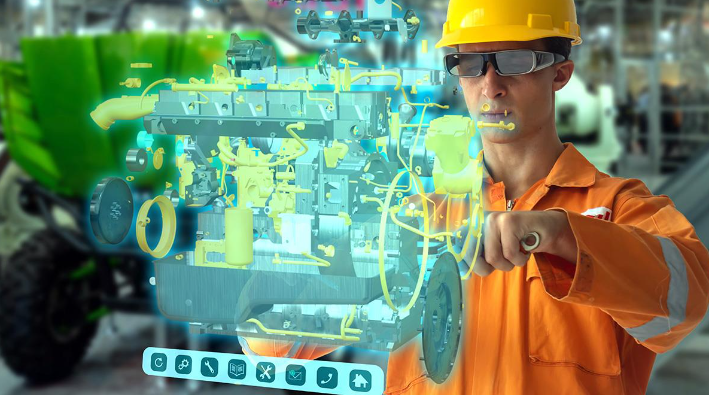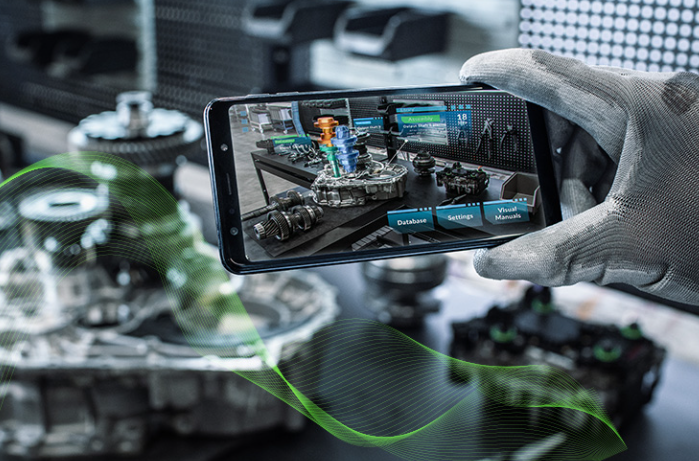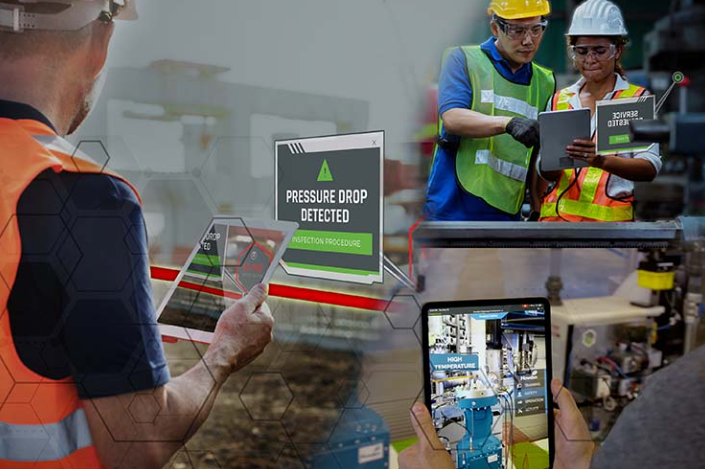How Could the Manufacturing Sector Utilize Extended Reality?

The manufacturing sector has always been at the forefront of technological innovations. The advent of Extended Reality (XR), including Augmented Reality (AR), Virtual Reality (VR), and Mixed Reality (MR), has ushered the industry into a new era, commonly referred to as Industry 4.0.
This article explores how could the manufacturing sector utilize extended reality? So, keep reading!
Augmented Reality in Manufacturing

Implementing AR/VR in the Manufacturing Workflow
With the application of AR, real-time data can be overlaid onto the physical world, providing enhanced human-machine interaction. Manufacturers can use AR to visualize complex processes, significantly boosting efficiency.
XR Training for Factory Workers
Incorporating AR/VR in training simulates real-world conditions, allowing workers to practice without risk. This immersive technology in manufacturing helps in XR for safety training in various environments.
Virtual Reality Applications in Manufacturing

Extended Reality for Product Design in Manufacturing
VR allows engineers to design, prototype, and test in a virtual space, saving time and resources. XR-enhanced prototyping offers infinite possibilities for innovation.
XR-based Assembly Line Optimization
Using VR to simulate assembly line processes enables continuous improvement, leading to streamlined operations and increased profits.
Mixed Reality for Manufacturing Processes
XR Simulations for Equipment Maintenance in Manufacturing
Mixed Reality enables remote collaboration, diagnostics, and maintenance. Industrial applications of extended reality enhance efficiency and reduce downtime.
XR-enabled Data Visualization in Manufacturing
Complex data can be visualized using XR, providing insights and assisting in decision-making processes, from XR-based supply chain management to quality control.
Future Trends and Opportunities
Enhanced Human-machine Interaction with Extended Reality
The seamless integration of XR technologies will redefine human-machine collaboration on the factory floor, pushing the boundaries of what is achievable.
XR Technology in Small and Medium-Sized Manufacturing
Even smaller manufacturers can leverage XR technology to stay competitive, enhancing workflows and contributing to sustainability.
Extended Reality and Quality Control

XR-assisted Quality Control and Inspection
The use of XR in quality control brings precision and consistency to manufacturing processes. It allows real-time inspection and correction, reducing errors and ensuring that products meet stringent quality standards.
Implementing AR/VR in the Manufacturing Quality Assurance Workflow
Implementing XR into the quality assurance workflow can accelerate inspections, allowing teams to detect issues earlier in the process. This minimizes waste and ensures that products meet consumer expectations.
Remote Collaboration with XR in the Manufacturing Sector

Enhancing Global Collaboration through XR
With XR, engineers and specialists across the globe can collaborate in real-time on design, troubleshooting, or maintenance. This remote collaboration with XR increases accessibility to expert knowledge, no matter where it’s located.
XR for Remote Maintenance and Troubleshooting of Manufacturing Equipment
The ability to perform remote maintenance using XR cuts down travel time for technicians and decreases downtime for machinery. This innovative approach ensures that production schedules are maintained.
XR and Supply Chain Management

Extended Reality Transforming the Supply Chain Management in Manufacturing
XR applications in supply chain management enable dynamic visualizations and real-time tracking. This leads to improved logistics and inventory management, allowing manufacturers to respond quickly to changes in demand or supply.
XR-based Supply Chain Optimization
The integration of XR into supply chain management allows for the virtual visualization of the entire supply chain network. This comprehensive view enables managers to identify bottlenecks and optimize resource allocation.
Safety and Security Considerations
What are the Security and Privacy Considerations when Implementing XR in Manufacturing?
While XR brings numerous benefits, it also requires careful consideration of security and privacy. Manufacturers must ensure that data is protected, and that users are aware of privacy implications.
How Does XR Technology Enhance Worker Safety in Manufacturing Environments?
XR can be used to simulate hazardous situations for training purposes. This risk-free environment ensures that workers are prepared for real-world challenges, enhancing safety and compliance.
XR for Small and Medium Manufacturers
Affordable XR Solutions for Small to Medium-Sized Manufacturers
Smaller manufacturers can also benefit from XR technology through affordable solutions tailored to their needs. From enhanced product design to optimized workflows, XR offers endless opportunities for growth.
Frequently Asked Questions on How Could the Manufacturing Sector Utilize Extended Reality?
What are the benefits of using extended reality in manufacturing?
XR offers numerous benefits, including cost savings, enhanced training, improved efficiency, and innovation in design and prototyping.
How does extended reality contribute to Industry 4.0 in manufacturing?
XR is a vital component of Industry 4.0, enabling seamless integration of digital and physical elements, providing real-time insights, and facilitating automation and collaboration.
What are the challenges of implementing XR technology in manufacturing processes?
Challenges include integration with existing systems, data security, user acceptance, and initial investment costs.
What are the best practices for integrating AR/VR into the manufacturing workflow?
Best practices include starting with clear objectives, engaging with experienced XR vendors, training staff, and continuous monitoring and improvement.
Also Read: What Does a Chest Compression Feedback Device Monitor? [Detailed Guide]
Conclusion
The integration of extended reality in manufacturing opens up transformative opportunities for efficiency, innovation, and global competitiveness. The applications outlined in this article are just the tip of the iceberg, as industries continue to explore new avenues for XR utilization.
By embracing this revolution, manufacturers stand to gain invaluable insights, streamline operations, foster creativity, and ultimately drive growth in a rapidly changing global landscape.
Unleash the Potential of Extended Reality in Your Manufacturing Processes Today!






